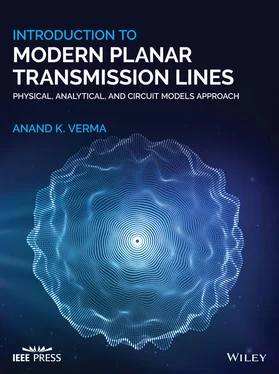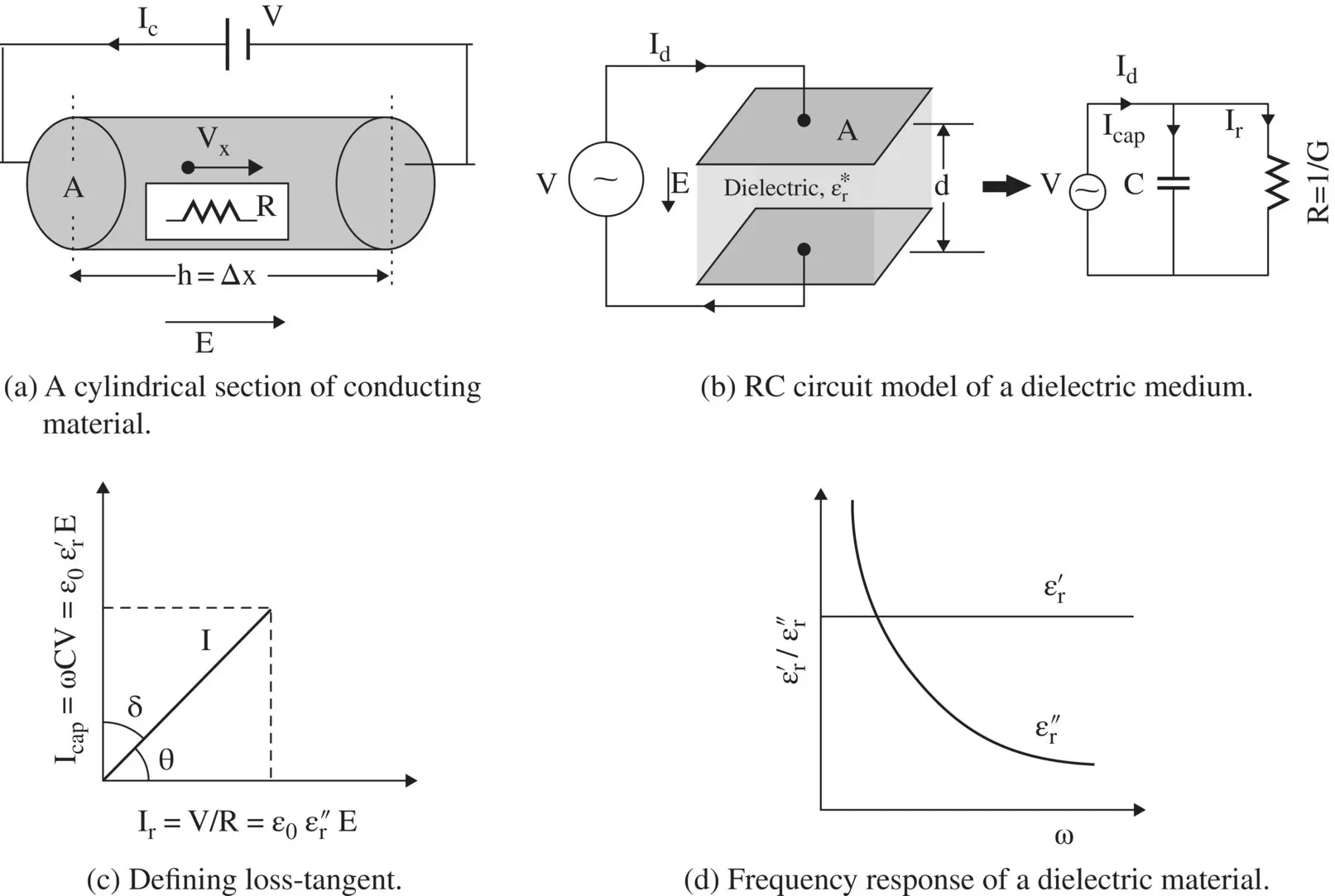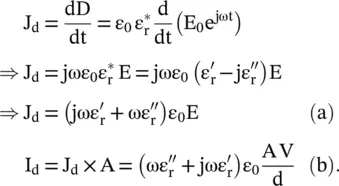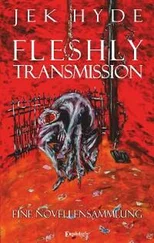Anand K. Verma - Introduction To Modern Planar Transmission Lines
Здесь есть возможность читать онлайн «Anand K. Verma - Introduction To Modern Planar Transmission Lines» — ознакомительный отрывок электронной книги совершенно бесплатно, а после прочтения отрывка купить полную версию. В некоторых случаях можно слушать аудио, скачать через торрент в формате fb2 и присутствует краткое содержание. Жанр: unrecognised, на английском языке. Описание произведения, (предисловие) а так же отзывы посетителей доступны на портале библиотеки ЛибКат.
- Название:Introduction To Modern Planar Transmission Lines
- Автор:
- Жанр:
- Год:неизвестен
- ISBN:нет данных
- Рейтинг книги:4 / 5. Голосов: 1
-
Избранное:Добавить в избранное
- Отзывы:
-
Ваша оценка:
Introduction To Modern Planar Transmission Lines: краткое содержание, описание и аннотация
Предлагаем к чтению аннотацию, описание, краткое содержание или предисловие (зависит от того, что написал сам автор книги «Introduction To Modern Planar Transmission Lines»). Если вы не нашли необходимую информацию о книге — напишите в комментариях, мы постараемся отыскать её.
rovides a comprehensive discussion of planar transmission lines and their applications, focusing on physical understanding, analytical approach, and circuit models
Planar transmission lines form the core of the modern high-frequency communication, computer, and other related technology. This advanced text gives a complete overview of the technology and acts as a comprehensive tool for radio frequency (RF) engineers that reflects a linear discussion of the subject from fundamentals to more complex arguments.
Introduction to Modern Planar Transmission Lines: Physical, Analytical, and Circuit Models Approach Emphasizes modeling using physical concepts, circuit-models, closed-form expressions, and full derivation of a large number of expressions Explains advanced mathematical treatment, such as the variation method, conformal mapping method, and SDA Connects each section of the text with forward and backward cross-referencing to aid in personalized self-study
is an ideal book for senior undergraduate and graduate students of the subject. It will also appeal to new researchers with the inter-disciplinary background, as well as to engineers and professionals in industries utilizing RF/microwave technologies.



 . Thus,
. Thus,  and the conduction current density is
and the conduction current density is
 . The drift velocity is proportional to the electric field intensity that provides another expression for J c:
. The drift velocity is proportional to the electric field intensity that provides another expression for J c:



 and
and  , respectively. The signs of q eand
, respectively. The signs of q eand  are negative, whereas the signs of q hand
are negative, whereas the signs of q hand  are positive. However, the conductivity σ sof a semiconductor is always positive.
are positive. However, the conductivity σ sof a semiconductor is always positive. . It further shows its RC circuit model that is a parallel combination of the capacitor (C) and resistor (R). It is connected to a time‐harmonic voltage source v = v 0e jωtthat produces a time‐harmonic electric field, E = E 0e jωtin the dielectric medium. The displacement current density in the dielectric medium is
. It further shows its RC circuit model that is a parallel combination of the capacitor (C) and resistor (R). It is connected to a time‐harmonic voltage source v = v 0e jωtthat produces a time‐harmonic electric field, E = E 0e jωtin the dielectric medium. The displacement current density in the dielectric medium is

 , i.e. through the capacitor. It is shown by the presence of “j.” Thus, the real part of the relative permittivity
, i.e. through the capacitor. It is shown by the presence of “j.” Thus, the real part of the relative permittivity  is modeled as a capacitor C . The resistive current density (J r), causing a loss in the dielectric medium, flows through
is modeled as a capacitor C . The resistive current density (J r), causing a loss in the dielectric medium, flows through  , i.e. through resistor R. The imaginary part of relative permittivity
, i.e. through resistor R. The imaginary part of relative permittivity  is modeled as a resistor R , parallel to the capacitor C. It is obvious from equation (4.3.1)that the loss caused by
is modeled as a resistor R , parallel to the capacitor C. It is obvious from equation (4.3.1)that the loss caused by  is a positive quantity only when the complex relative permittivity
is a positive quantity only when the complex relative permittivity  is defined as a subtractive combination of its real and imaginary parts mentioned in equation (4.2.18a). The current through the equivalent circuit is
is defined as a subtractive combination of its real and imaginary parts mentioned in equation (4.2.18a). The current through the equivalent circuit is










